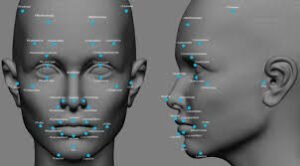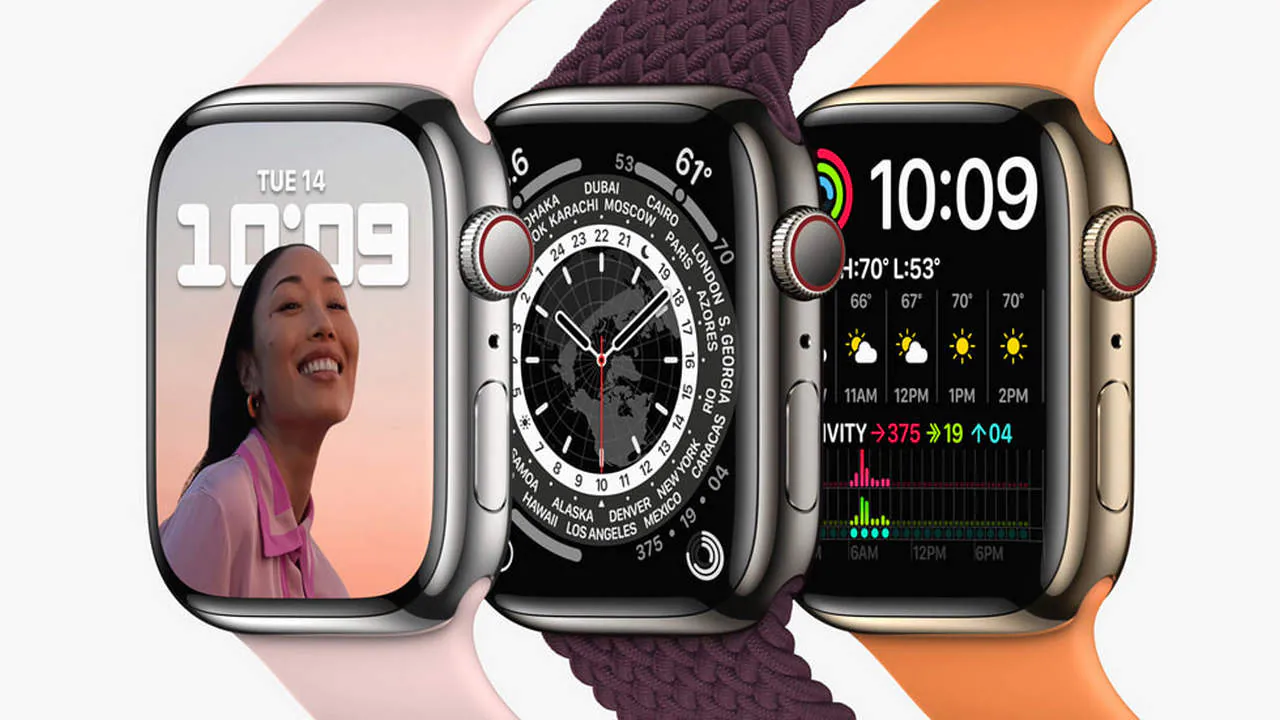A recent report by The New York Times has shed some light on Israel’s military intelligence operations in Gaza, which have been using an experimental facial recognition program with alarming consequences.

The IDF, or Israel Defense Forces, uses a facial recognition program developed by a private Israeli company, Corsight. The facial recognition technology, which relies on the technology used by Google Photos, was initially utilized in Gaza following the October 7 cross-border raids to locate Israelis who were captured by Hamas, according to intelligence officials.
The program works rather simply—Corsight’s program uses a widely accessible service from Google Photos in combination with its own technology. Officers upload data or photos of people of interest to the program and let it analyze and reverse-search to identify targets from a list of verified intelligence materials and wanted lists.
Although it was initially conceived as a tool to locate Israeli hostages in Gaza, the program quickly evolved into a broader surveillance tool to identify individuals who may have connections to Hamas or other militant factions, according to sources cited by the NYT report.
As Israel’s ground offensive in Gaza intensified, officers started relying on the program.
However, there were instances where the technology inaccurately identified civilians as wanted Hamas members, as the NYT report quotes an Israeli officer as saying.
Even though the program has yielded some good results, especially considering that it often had to deal with incomplete data, grainy photos with only partial faces, and photos taken under low light, the technology has been plagued by inaccuracies.
Regardless, Israeli soldiers have been relying on the flawed system and have detained many civilians who have been wrongly flagged by the program to have ties with Hamas without questioning its reliability; the report quotes an Israeli officer as saying:.
One such case highlighted by the NYT report involves Mosab Abu Toha, a poet and Gaza resident who was wrongfully detained at a military checkpoint while attempting to leave the area with his family. Toha recounted being subjected to handcuffing, blindfolding, beatings, and interrogation for two days before being released, with soldiers citing his detention as a “mistake.”
Corsight’s technology has faced criticism for its tendency to generate false positives and incorrectly identify individuals. While Google Photos offers superior capabilities for matching partially obscured faces, authorities reportedly favored Corsight due to its customizability.
Facial recognition technology in military operations has raised ethical concerns, particularly regarding the potential for wrongful detentions and human rights violations.
Critics argue that such surveillance measures risk exacerbating tensions and further destabilizing the region, while proponents maintain that they are necessary for maintaining security in conflict zones.
While some nations employ it to streamline air travel processes, countries like China and Russia have faced criticism for using it to target minority groups and suppress dissent. Israel’s deployment of facial recognition technology in Gaza presents a unique application of this technology during the war.
According to Matt Mahmoudi, a researcher at Amnesty International, Israel’s use of facial recognition raises concerns about the potential dehumanization of Palestinians, as individuals may not be viewed as such.
Previously, Israel used facial recognition in the West Bank and East Jerusalem, as outlined in a report by Amnesty International. In these areas, Israeli forces used a domestic facial recognition system known as Blue Wolf, employing high-resolution cameras at checkpoints and smartphone apps to scan Palestinians’ faces and compile a database.
In contrast, Gaza, which Israel withdrew from in 2005, lacked facial recognition technology. Surveillance efforts against Hamas in Gaza primarily involved monitoring phone communications, interrogating prisoners, collecting drone footage, accessing private social media accounts, and hacking telecommunication systems, according to Israeli intelligence officers.
Following the October 7 cross-border raids, Israeli intelligence units, particularly Unit 8200, intensified surveillance efforts to gather information on Hamas gunmen who breached Israel’s borders. This included analyzing security camera footage and scrutinizing videos posted by Hamas on social media platforms. One officer mentioned that the unit was instructed to compile a “hit list” of Hamas members involved in the attacks.









